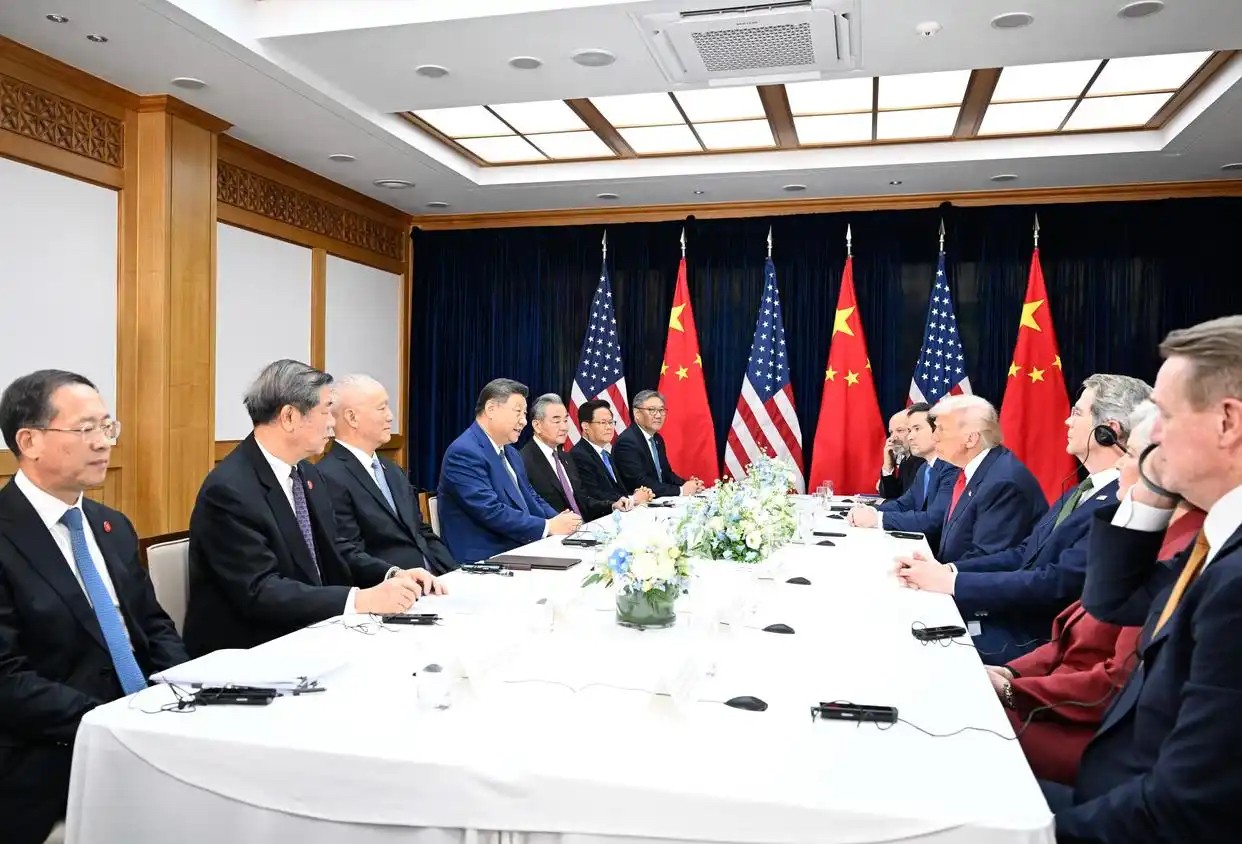English
Search
2025/11/06
The recent announcement from the White House regarding adjustments to tariffs on Chinese goods marks a significant shift in the trade landscape. For businesses engaged in cross-border trade between the U.S. and China, these developments are more than just headlines—they represent a tangible opportunity to enhance supply chain resilience and profitability.
This period of eased tensions provides a crucial window to reassess and fortify your international logistics strategy.

Understanding the Policy Shifts
The key measures announced are designed to de-escalate trade friction and include:
· Extension of Section 301 Tariff Exemptions: A significant number of product exclusions have been extended until 2026.
· Stability in Reciprocal Tariffs: Certain reciprocal tariffs will remain at the current rate of 10% until 2026.
· Suspension of Countermeasures: A one-year suspension on specific export controls and maritime countermeasures has been agreed upon.
What This Means for Your Business: Three Strategic Advantages
For importers and exporters, this policy clarity translates into direct operational benefits.
1. Enhanced Cost Predictability
The extension of key tariff provisions provides a rare level of forecasting stability for the next 18-24 months. Businesses can now move away from reactive logistics planning and confidently develop mid-to-long-term supply chain budgets. This stability allows for more accurate financial modeling and reduces the risk of sudden cost surges due to policy changes.
2. Improved Supply Chain Stability
The suspension of certain adversarial measures is a positive indicator for operational fluidity. We anticipate a potential improvement in port efficiency, customs clearance times, and overall transit reliability. This reduced administrative and logistical friction directly lowers the risk of disruptions and costly delays, ensuring your products move to market more smoothly.
3. An Open Strategic Window for Growth
In business, foresight is everything. While the market adjusts, proactive companies can leverage this period of predictability to gain a decisive edge. By advancing shipment schedules and strategically stocking inventory, you can position yourself to meet peak season demand ahead of competitors, effectively avoiding the port congestion and capacity-driven rate hikes that plague last-minute shippers.

Actionable Recommendations to Capitalize on the Opportunity
To transform this political development into a tangible business advantage, we recommend the following steps:
· Conduct a Strategic Review: Immediately reassess your procurement and sales forecasts for the fourth quarter of 2025 and the full year of 2026. Align your inventory strategy with the current stable trade environment.
· Optimize Your Logistics Strategy: Now is the time to consult with your logistics partner to lock in competitive rates and secure capacity on key trade lanes. A tailored shipping solution (ocean, air, or express) can maximize both savings and efficiency during this window.
Conclusion: Prepare Now for Future Growth
The current easing of U.S.-China trade tensions offers a valuable, though likely temporary, opportunity to build a more robust and cost-effective supply chain. By taking strategic action now, businesses can not only navigate the present landscape more effectively but also lay a solid foundation for growth in the year ahead.
Ready to optimize your shipping strategy? Contact our team of experts today for a personalized consultation and a comprehensive U.S.-China shipping cost analysis.
This is the first one.